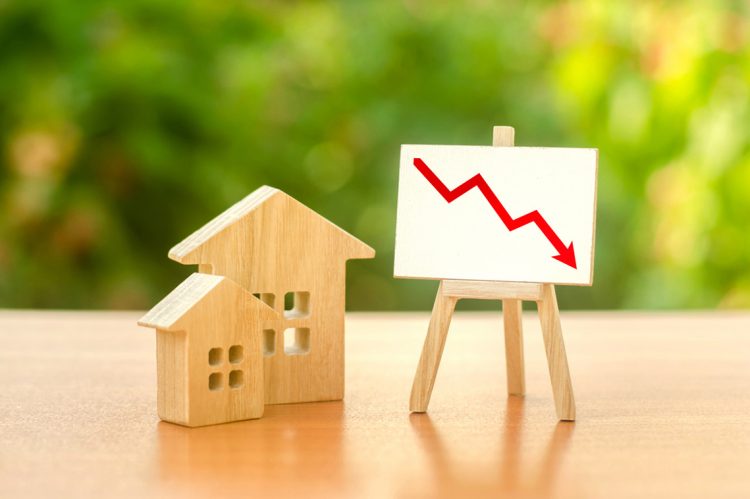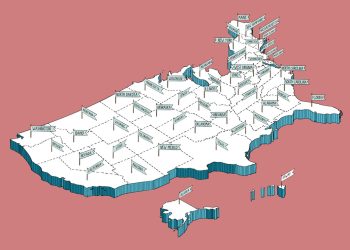Annual home price growth slowed for the third consecutive month in July but remained elevated at 15.8%, according to the latest CoreLogic Home Price Index (HPI™) and HPI Forecast™ for July 2022, released late last week.
Stay Connected with REW CRM’s Push Notifications
Stay on top of every opportunity with real-time alerts for key activities such as lead assignments and new inquiries. Instant updates mean faster responses, more conversations and higher conversion rates. Learn more.
Business Tip of the Day provided by
Categories
The Most Important Real Estate News & Events
Click below to receive the latest real estate news and events directly to your inbox.
By signing up, you agree to our TOS and Privacy Policy.












